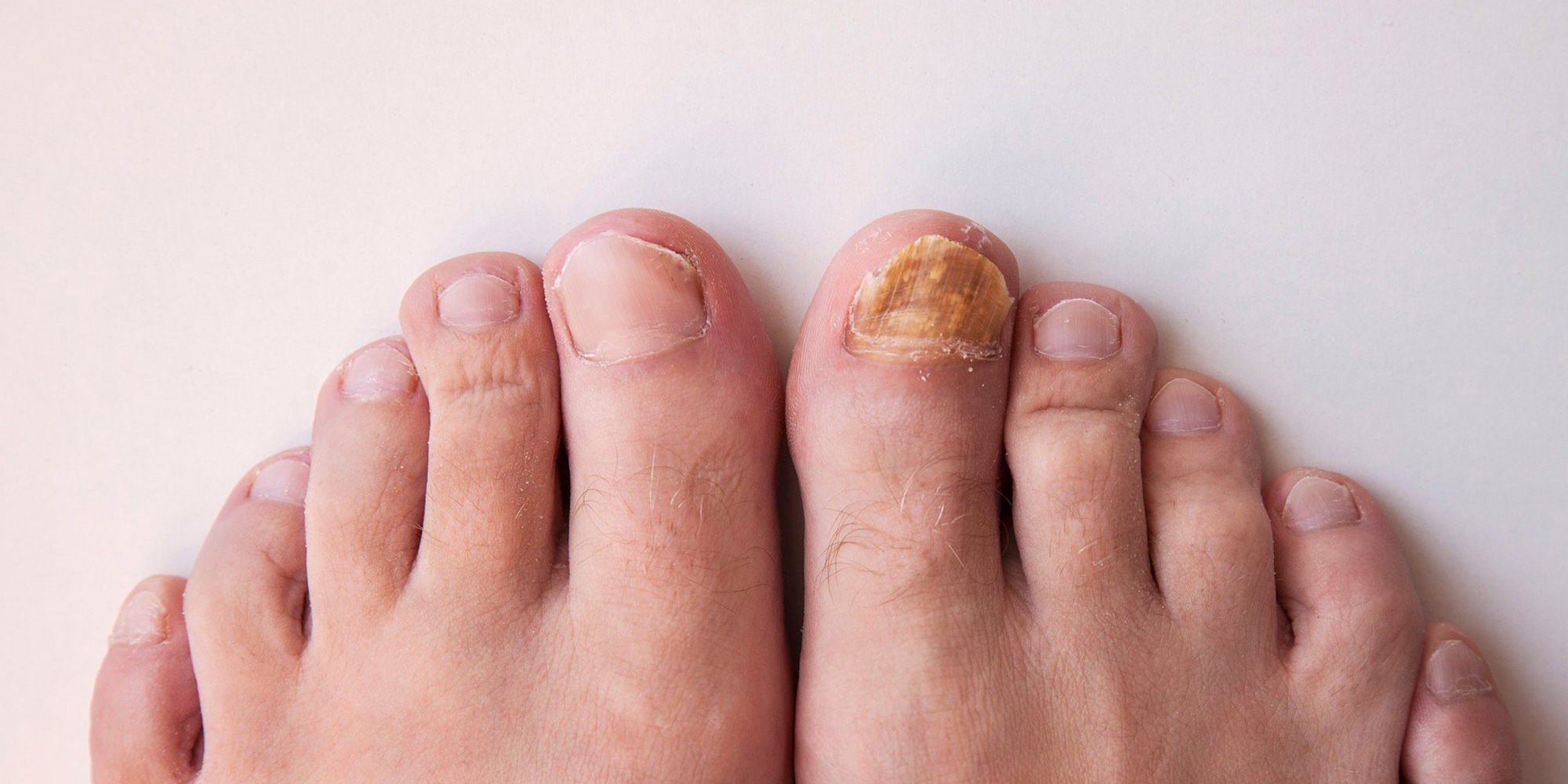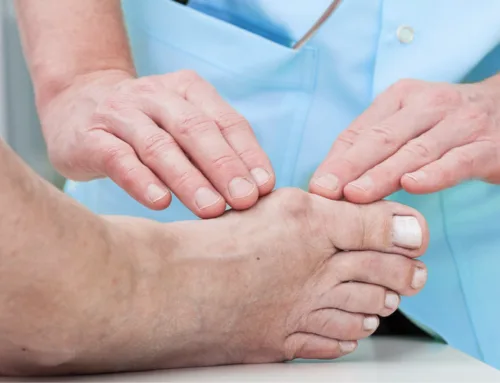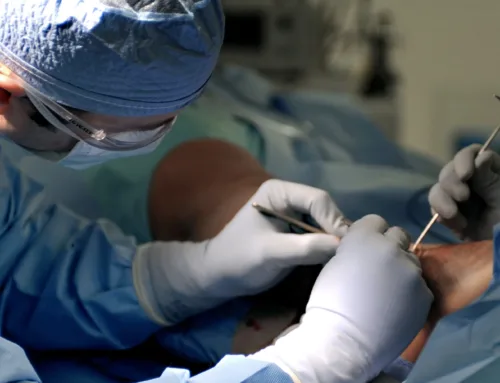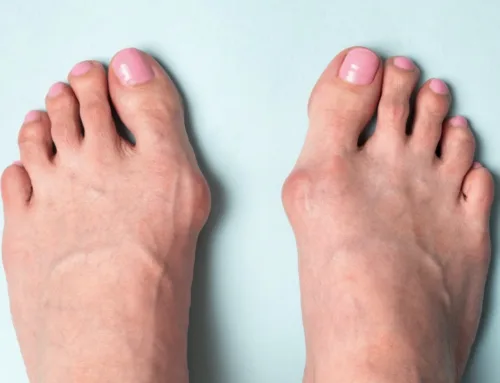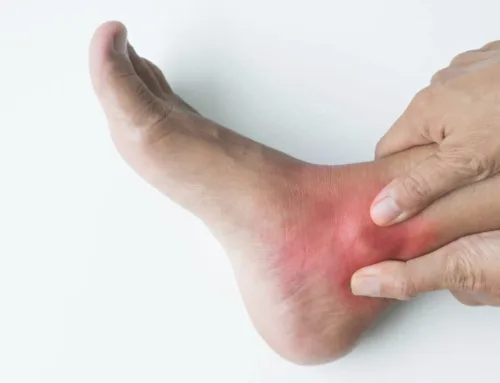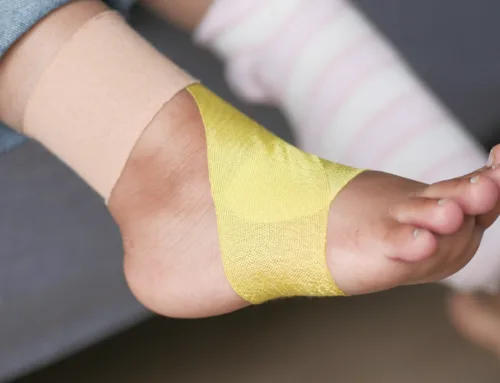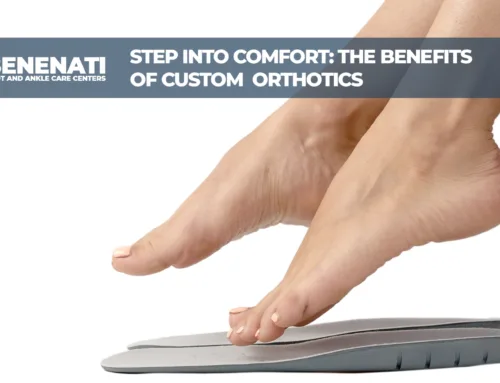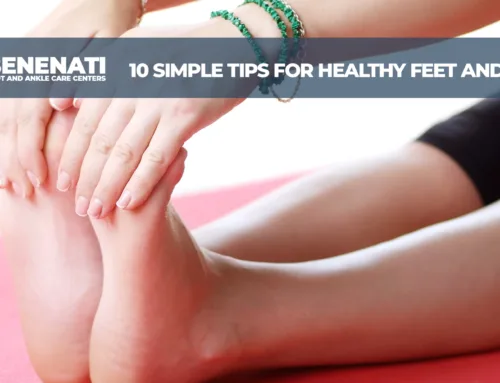Athlete’s Foot
A chronic infection caused by various types of fungus, Athlete’s foot is often spread in places where people go barefoot such as public showers or swimming pools. The condition ranges from mild scaling and itching to painful inflammation and blisters. It usually starts between the toes or on the arch and may spread to the bottom and sides of the foot.
General Treatments
Depending on the type of infection you have, various kinds of medication may be used in treating your fungal problem. Successful treatment usually involves a combination of medication and self-care.
If your condition is not serious, over-the-counter and prescription powders, lotions, or ointments can often help treat scaling, itching, and inflammation. Consult us before taking any medication. Foot soaks may help dry excessive perspiration, but you should contact our office first. If your Athlete’s foot does not improve, we may prescribe stronger medication.
Common Fungal Problems
Athlete’s foot and fungal nails are the most common fungal problems with feet. A fungus is a common mold that thrives in dark, warm moist areas. On the feet, it can grow on and between toes, as well as on soles and toenails. Fungal problems can be a result of the environment (socks, shoes, heat and humidity) or weakened immunity from such disorders as diabetes.
Chronic fungal infections are most common in adults, while acute fungal infections are seen more often in children.
Fungal Nails
Since fungal nails are usually more resistant and more difficult to treat than Athlete’s foot, topical or oral antifungal medications may be prescribed. Permanent nail removal is another possible form of treatment for fungal nails.
After a fungal nail infection has cleared up, you can take steps to prevent the infection from coming back.
Keeping the fungus under control will help prevent a fungal infection of the skin from reinfecting the nail. Before bed, thoroughly wash and dry your feet, and apply a non-prescription anti-fungal cream to the entire foot from the ankle down. Use the cream every night, then gradually apply it less often. Keep your feet dry. Dry feet are less likely to become infected. Apply powder to your dry feet after you take a shower or bath.
Other tips:
- Don’t share nail clippers or nail files with others.
- Don’t share shoes or socks with others.
- Try not to injure your nail, such as by cutting it too short (trauma to the nail may lead to infections).
- Wear dry cotton socks, and change them two or three times a day if necessary.
- Wear dry shoes that allow air to circulate around your feet (tight, enclosed, moist shoes contribute to fungal toenail infections).
- Wear shower sandals or shower shoes when you are at a public pool or shower.
Prevention
Follow basic foot care guidelines and you more than likely can head off most common foot fungus problems.
Other Tips
- Created in Foot Care, Fungus Problems
- Wear dry cotton socks, and change them two or three times a day if necessary.
- Wear dry shoes that allow air to circulate around your feet (tight, enclosed, moist shoes contribute to fungal toenail infections).
- Wear shower sandals or shower shoes when you are at a public pool or shower.
- Don’t share shoes or socks with others.
- Don’t share nail clippers or nail files with others.
Try not to injure your nail, such as by cutting it too short (trauma to the nail may lead to infections).
